CULTURE
Ọkà Ni Ògùn
aN ODE TO AMALA
Whether focused on its traditions, economy, or politics, any story about Ibadan, Africa’s fourth largest city, is incomplete without reference to amala. At any time of the day, you’re sure to find the city’s inhabitants congregating around sellers of the city’s favourite meal. Recently, I visited Mama Adija’s Amala Spot, which, over the past 35 years, has built a reputation as one of Ibadan’s most revered amala spots.
STORY: AYOOLA OLADIPUPO
photography: TOYIN ADEDOKUN
‘No go Molete today o!’, was a common warning growing up in mid-2000s’ Ibadan. Back then, sudden eruptions of violence by political thugs were an almost daily occurrence. At the heart of all this was one man, Chief Lamidi Adedibu, the notorious political ‘godfather’ of Ibadan. Chief Adedibu directed all relevant matters in politics from his palatial residence in Molete, a dynamic area in the city’s interior that houses the National Union of Road Transport Workers’ offices and bustling markets.
Oyo State had governors, Ibadan and other cities in the state had cultural rulers, but there was never any doubt as to who called the shots. Adedibu laid down the law, and his palace in Molete was the most supreme court in all of Oyo State. In those days, one merely needed to drive past his palace to witness the extent of Adedibu’s dominance; large crowds gathered in and around his house daily to eat free food. Not just any food, but specifically amala with ewédú, obẹ̀ ata and gbẹ̀gìrì soup, a combination known as àbùlà. Adedibu certainly believed that the way to the heart is through the stomach. He was able to leverage the mystical relationship between amala and Ibadan people to breed an army of staunch loyalists, many of whom were willing to take to the streets and draw blood at a mere snap of his finger. This approach to grassroots engagement, popularly referred to as ‘amala politics’, would go on to define the governance of Oyo for over a decade.
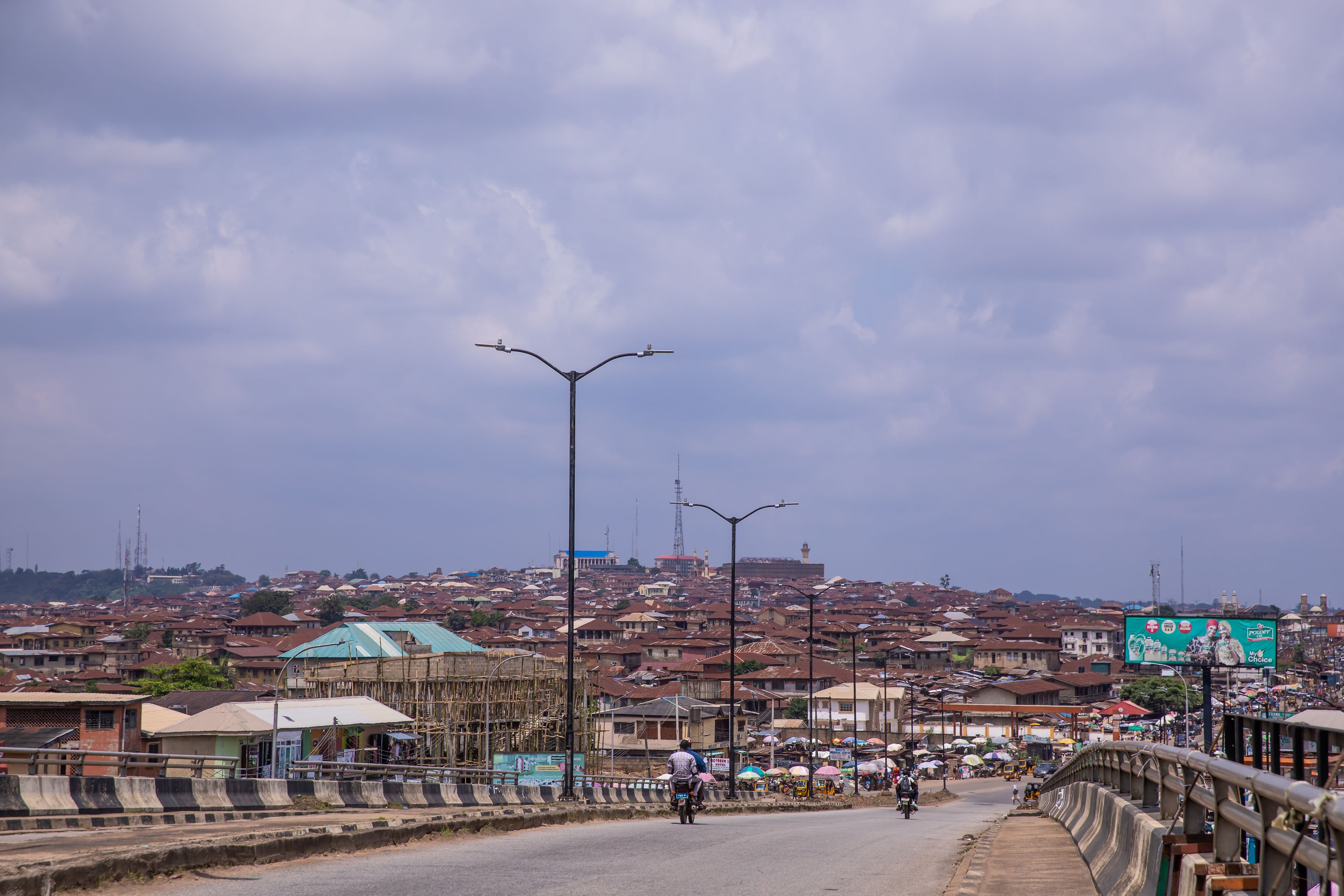
My friend, Uchenna, was born in Anambra but grew up in Bauchi. Uche, as he is called, never misses an opportunity to tell the story of his first time in Ibadan. In 2011, he arrived as part of a delegation for a medical conference on the outskirts of Ibadan, and upon realizing that he forgot to bring along a toothbrush, he set out to find a store close to his accommodation. Uche claims to have walked for up to an hour, before he found a store selling a toothbrush, despite coming across no less than 20 bukas selling amala. Having lived in Ibadan for most of my life, I believe only the latter part of his story. I can claim, with a reasonable degree of confidence, that there are more amala spots than schools in Ibadan.
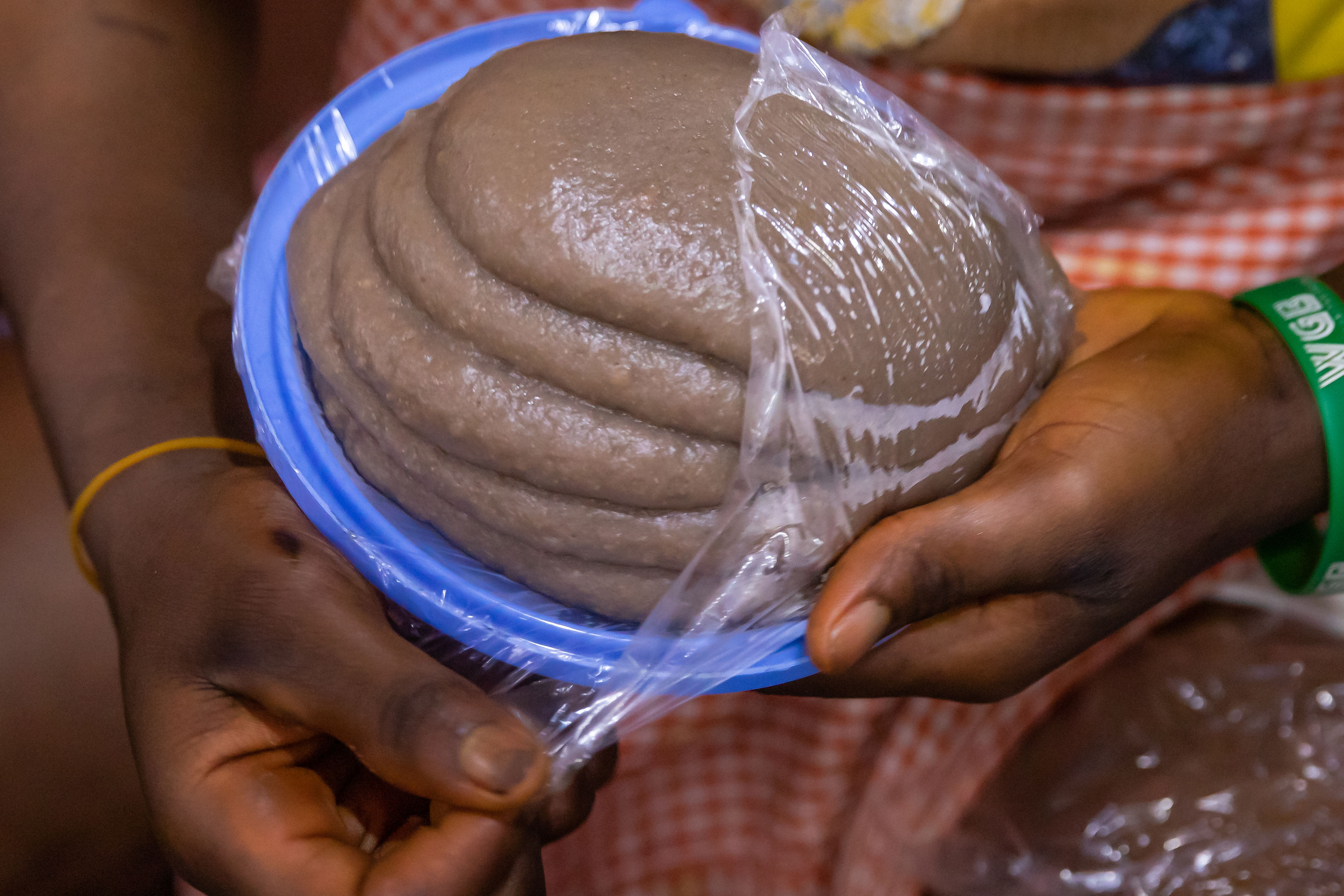

In popular culture, amala is synonymous with Ibadan and is deeply ingrained in the identity of its indigenes. A few years ago, when there was a hike in prices of some foods due to intensified herder-farmer conflicts in the middle belt region, I recall one of my uncles saying, ‘Oyo is fine jare, we grow our own yams, ewédú is everywhere, we grow our own beans for gbẹ̀gìrì….the only problem is the tomatoes’.
Like his opinion on several other issues, this was not entirely correct, but there might be a tinge of truth in there. The Yorubas have a saying, ‘iyán ni óúnje, ọkà ni ògùn’, pounded yam is food, ọkà is medicine. Amala is typically called ọkà by more native speakers of the Yoruba language. Much like a doctor might prescribe medicines, Ibadan people can eat amala for breakfast, lunch, and dinner. The delicacy is widely prepared across and beyond Nigeria today, but Ibadan remains its Mecca, where devoted pilgrims flock in pursuit of healing, and many believe this elixir is best enjoyed at one of the city’s foremost alchemists—Mama Adija’s Amala Spot.

ADEOYO ROUNDABOUT, OFF RING ROAD, IBADAN
I grew up, with my family of eight, in an archetypal Ibadan neighbourhood; the kind where everyone knew more about their neighbour than their names; where the kids from different compounds came together to play football and other games after school. In our neighbourhood, the quiet of dawn was quickly broken by the calls of women hawking different types of foods—‘ẹ ra ọ̀gẹ̀dẹ̀, ẹ dín dòdò,’ was a daily favourite. My family bought bread from Iya Peteru and fish from Imam Maruf’s house.
When I was seven, we moved to Adeoyo Roundabout, close to one of the major commercial roads in Ibadan, Ring Road. This house was in a gated estate; although I find it hard to remember a time when both the handle and latch of the gate were functional. Our new home, then just a house to me, was in many ways different from what I was used to. Of these many ways, none stung as much as the quiet. Now a family of nine, our home had a constant buzz, the estate and its surrounding roads had none. Until that Saturday.
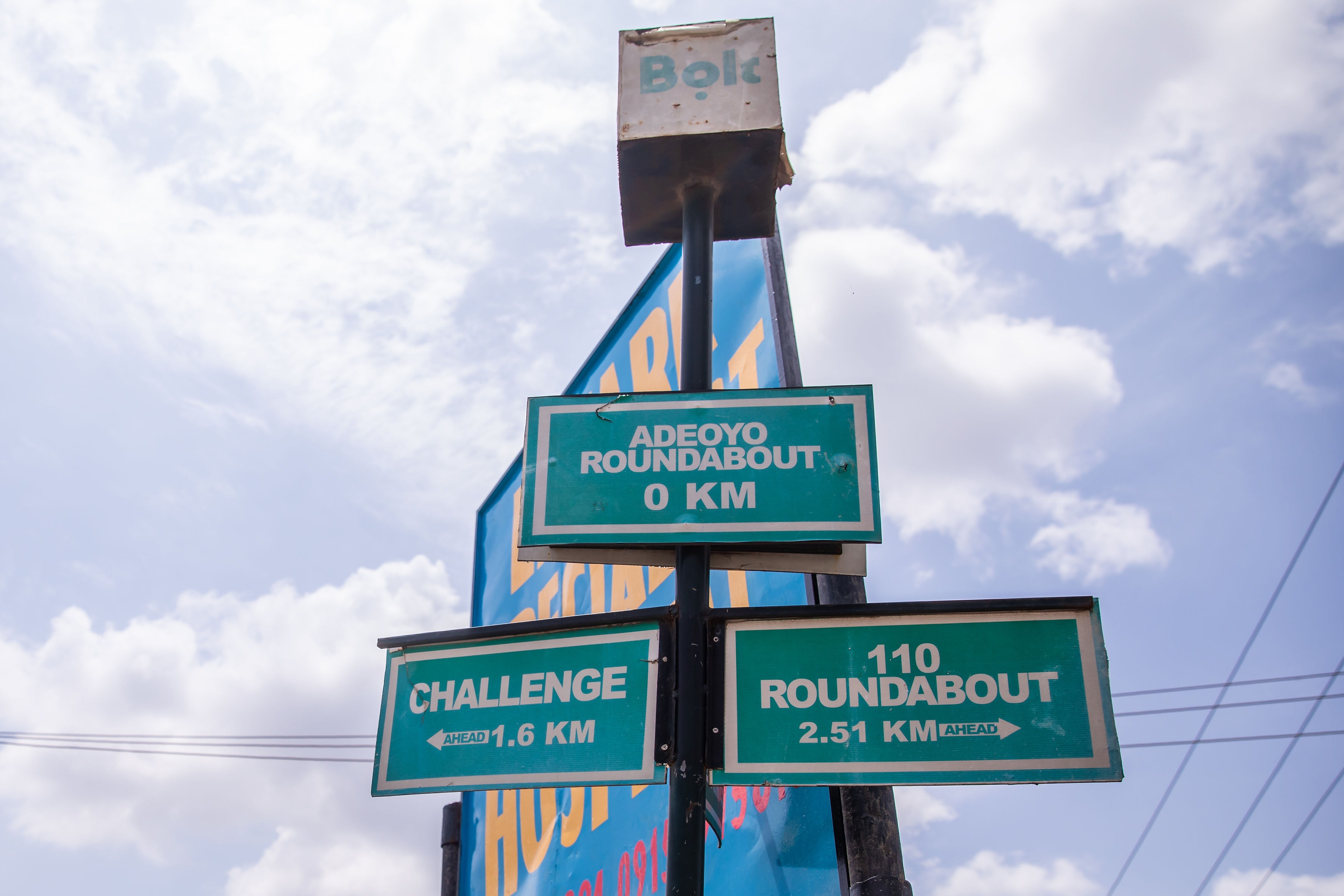
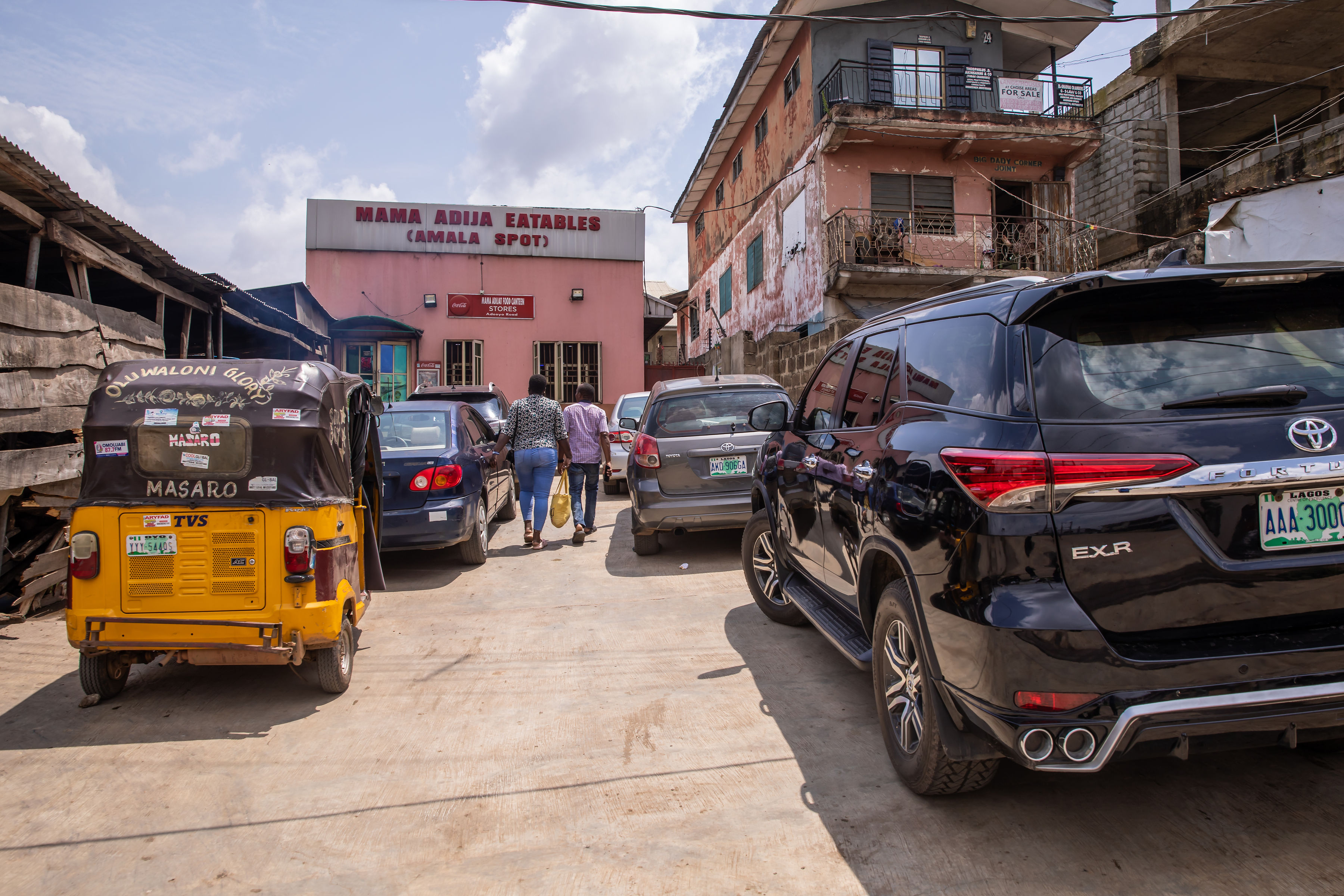
Like most urban households, we mostly ate amala with only ewedu and ọbẹ̀ ata, since gbẹ̀gìrì took a longer time to prepare. Years after we moved, on an otherwise unremarkable Saturday afternoon, my mum had a craving for àbùlà. She explained the process of making gbẹ̀gìrì to me and gave me some money to buy àbùlà from the buka down the road. An ordinary-looking building on an ordinary road, I thought as I walked. The first surprise Mama Adija’s Amala Spot greeted me with was two shiny black Range Rover cars almost completely blocking its narrow entrance. I have grown to find that this is common in Ibadan; unlike in some other cities, patronizing an amala spot has little to do with class here.
Nothing could have prepared me for the second surprise as I walked through an old rust-brown door; what seemed to me like a hundred people (although perhaps a slight exaggeration by a child’s mind) queueing for food, hands stretched holding their plastic and ceramic bowls, fervently begging to be the next customer served. I vividly remember my first thought: ‘which one of these people owns the cars outside’. Still new to the dynamics of amala spots in Ibadan, I was determined to move steadily in the queue and not beg for food I was paying for. It was until I realized, almost an hour later, that people who came much later were getting served before me that I too decided to join the fervent begging.

‘Mummy, please I’ve been waiting for an hour,’ I cried repeatedly until a woman who looked very visibly disgusted at my naivety decided to help me out. Anyone who has ever eaten at a buka in Ibadan knows that look, the same one the women at the counter give you for saying ‘hello’. Several years later, when a patient almost punched me in the face through the small window of the dispensary of the hospital which I was interning at, I would remember this scene at Mama Adija and understand that order and logic go out of the picture when one is queuing for life-saving medicine.

LIKE MOTHER, LIKE DAUGHTER
What makes an amala spot stand out in a city with at least five amala spots every few kilometres of dusty, pothole-ridden road? In 2016, the Oyo State government hosted an amala fiesta, Àjòdún ọkà, a tourism event aimed at ‘showcasing the techniques involved in the culinary heritage of amala’. These were the words used for the event’s media promotion: techniques, heritage. 33 amala spots (one for each local government area in Oyo State) were invited to participate in the event, treating lucky attendees to their mouth-watering offerings. Unsurprisingly, Mama Adija was one of the more eminent participants, and the woman, Adija’s mother herself, fondly recalled the event as she walked me through her journey growing from Kudirat, a young fresh-faced teen supporting her mother’s popular buka three kilometres away in Odo-Ona to Mama Adija, the owner of the premier amala spot in the city of amala spots.

‘Wallahi, nígbà yẹn, 1960….70, àwọn èyàn má ń wá láti Abeokuta wá je rice àti ọbẹ̀ Iya Seila,’ my grandmother said, as she narrated how people came from far and wide to eat Kudirat’s mother’s—Iya Seila’s—rice and fried stew. Iya Seila, as she would have been popularly called after birthing her first child, Seila, according to Yoruba tradition, was the third wife of a fairly wealthy Ibadan man.
Kudirat grew up in a typical Ibadan household: polygamous, with about 20 children, seven of whom were her mother’s. Iya Seila’s buka served only rice and fried stew; she fried her stew with what Mama Adija described as a ‘special technique’ that brought her business immense success. With the proceeds from that success, she built her own house in Odo-Ona. There was a dash of pride, that quintessential Ibadan pride, in Mama Adija’s voice as she told me this. Kudirat started working at her mother’s buka when she completed primary school, learning the stew-frying technique alongside the ins and outs of the buka business. While her other siblings helped out at the buka sparingly, she recalled that only she took a keen interest in the food business from a young age. In the early 80s, her early twenties, Kudirat moved to Lagos, with her mother’s recipe to start her own buka, and thus began her transition into Mama Adija.
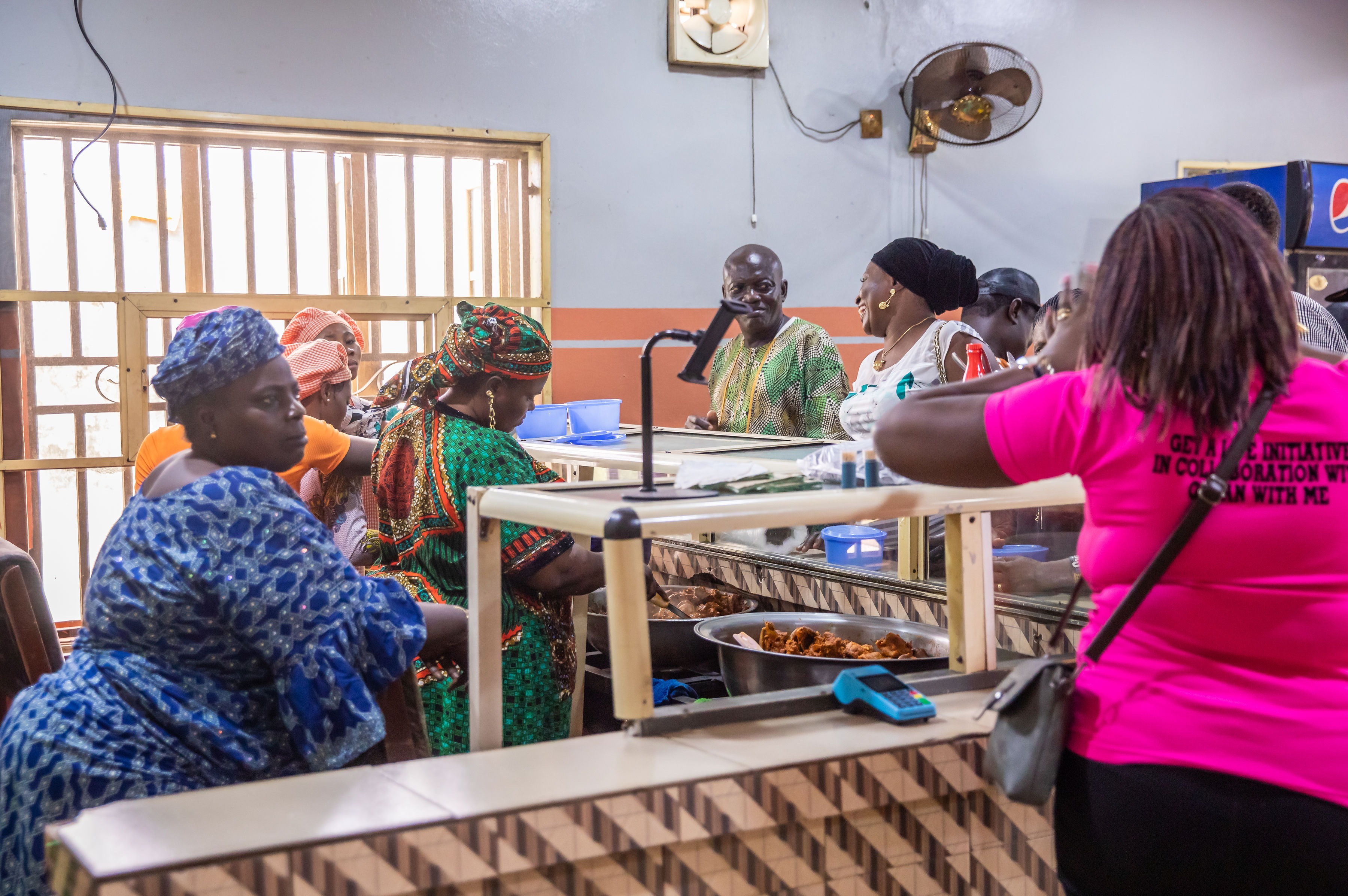

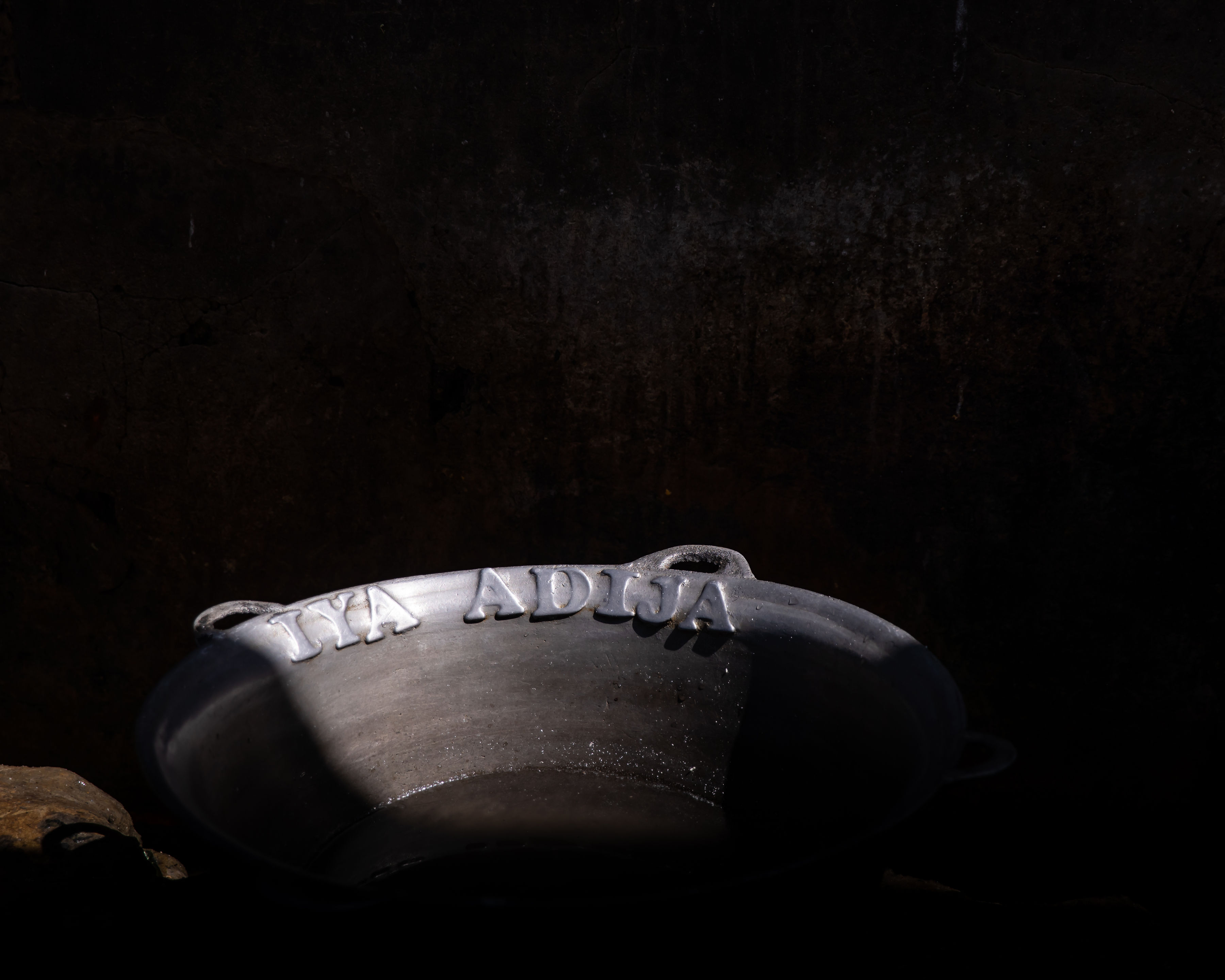
BECOMING MAMA ADIJA
Mama Adija set up her first buka in Mushin, Lagos in 1980, aiming to replicate her mother’s success in the nation’s capital at the time, with all its glamour and promise. ‘The business was doing well, and people liked the fried stew, but the stress of Lagos was too much for me abeg’, Mama Adija said. I laughed and thought to myself, such an Ibadan thing to say. Having been based in Lagos for the past few years, my visits to Ibadan increasingly feel like I’m sprinting when everyone around me is walking. The laissez-faire attitude to service or outright rudeness that many complain about when they visit Ibadan is merely a symptom of our commitment to slow living, completing everyday life at a leisurely pace.
After less than ten years in Lagos, in 1988, Mama Adija returned to Ibadan to set up her own buka in Adeoyo Roundabout, Off Ring Road. Instead of rice, as she sold in Lagos and with her mother in Ibadan, she decided to set up an amala spot. While she made some tweaks to her mother’s fried stew recipe to make it more compatible with amala, she claims it remains the same at the core. When asked for her reasons for choosing amala over rice, she replied, ‘Oun t’áwọn èyàn fẹ́ ni’. It’s what the people want. Indeed, the people wanted, and continue to want ‘Mama Adija’s amala special’, as their food is fondly called in the neighbourhood. She has remained in the same area for 35 years now. ‘It looks all rosy now but it has not been easy,’ she said, followed by a long stare into space and silence. She added,
Now we have over twenty staff working here, but when I started, we were less than five. This buka business is built on community, and when you start out at a new place, even if you have the best food, you need to build that trust with the community.
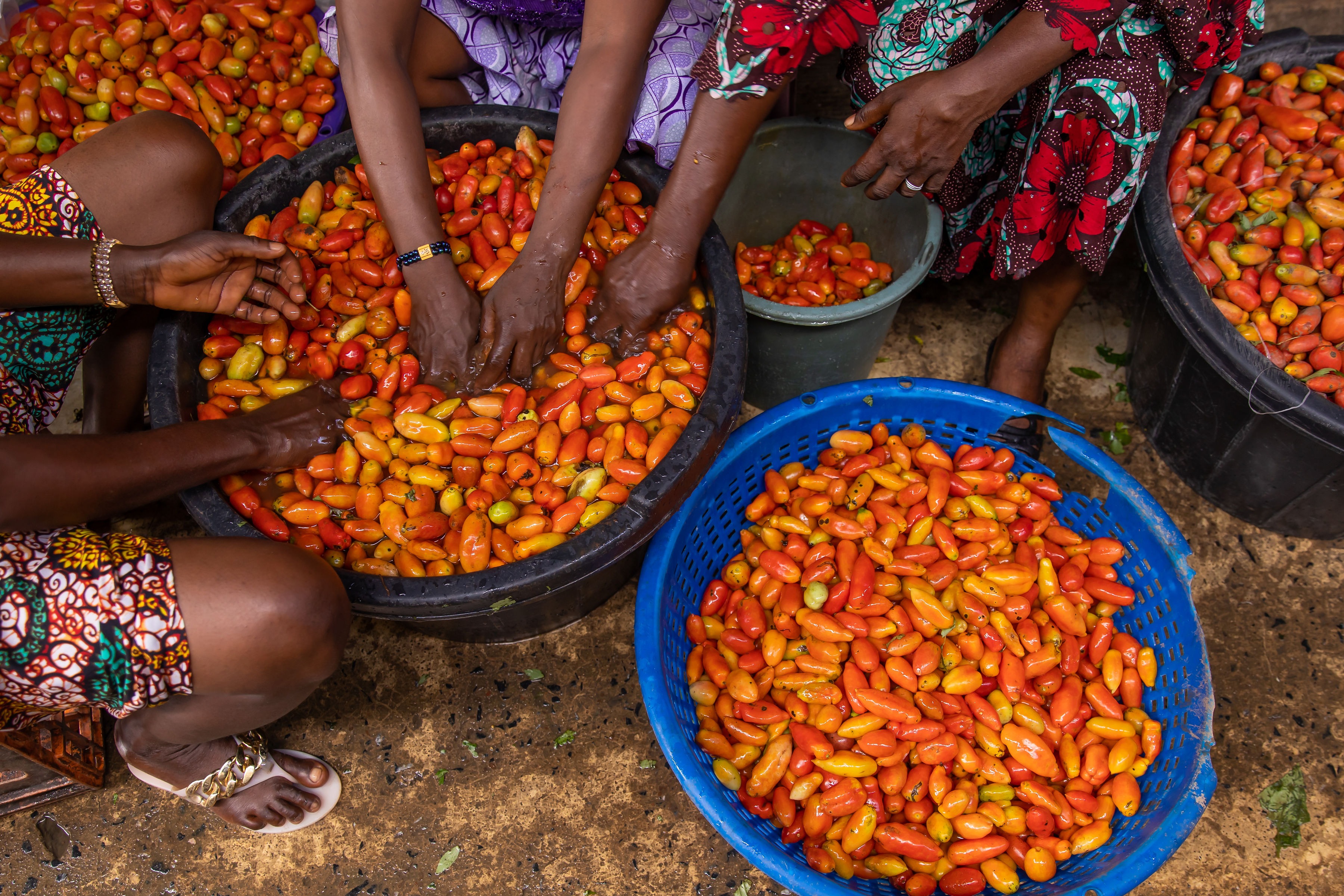

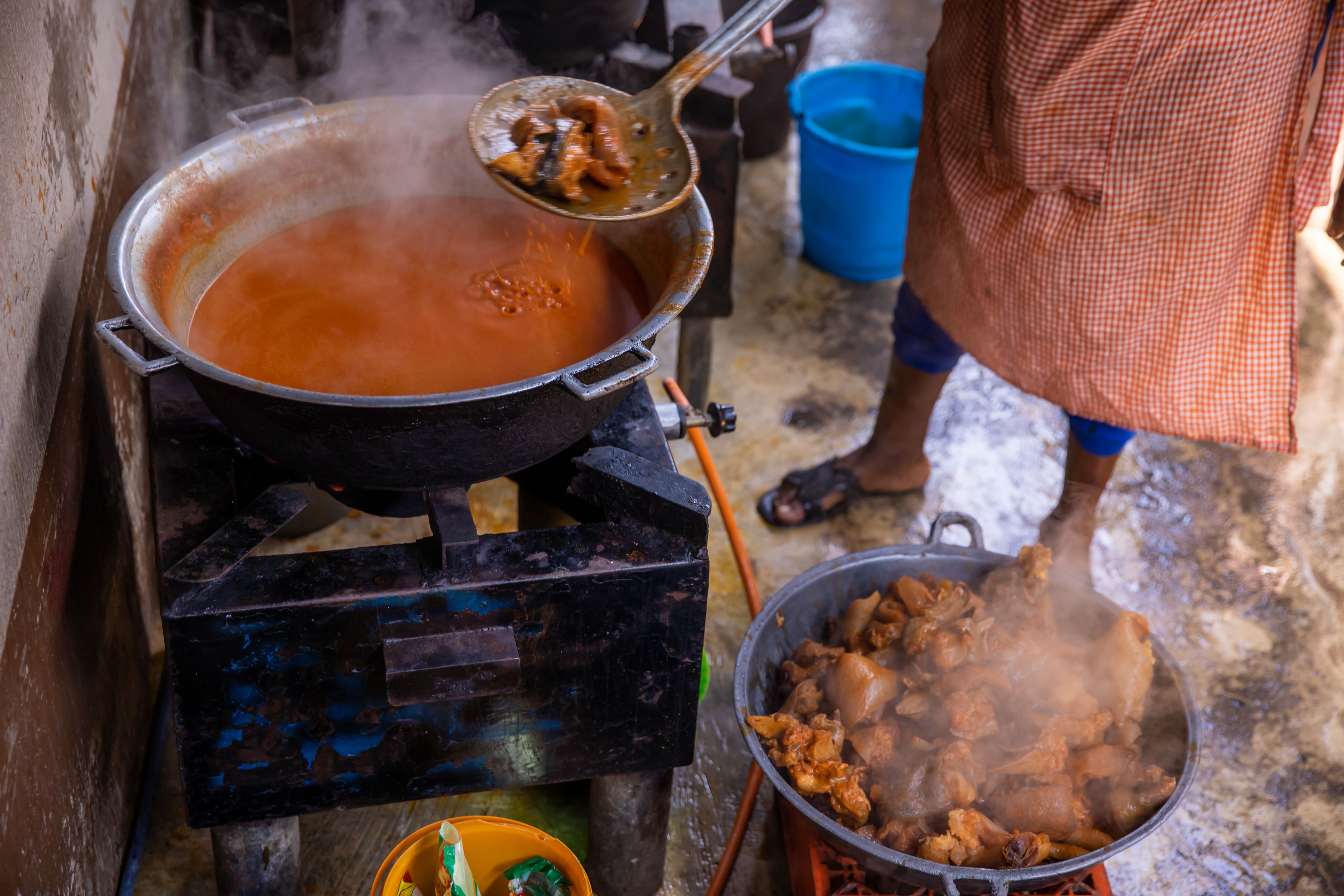
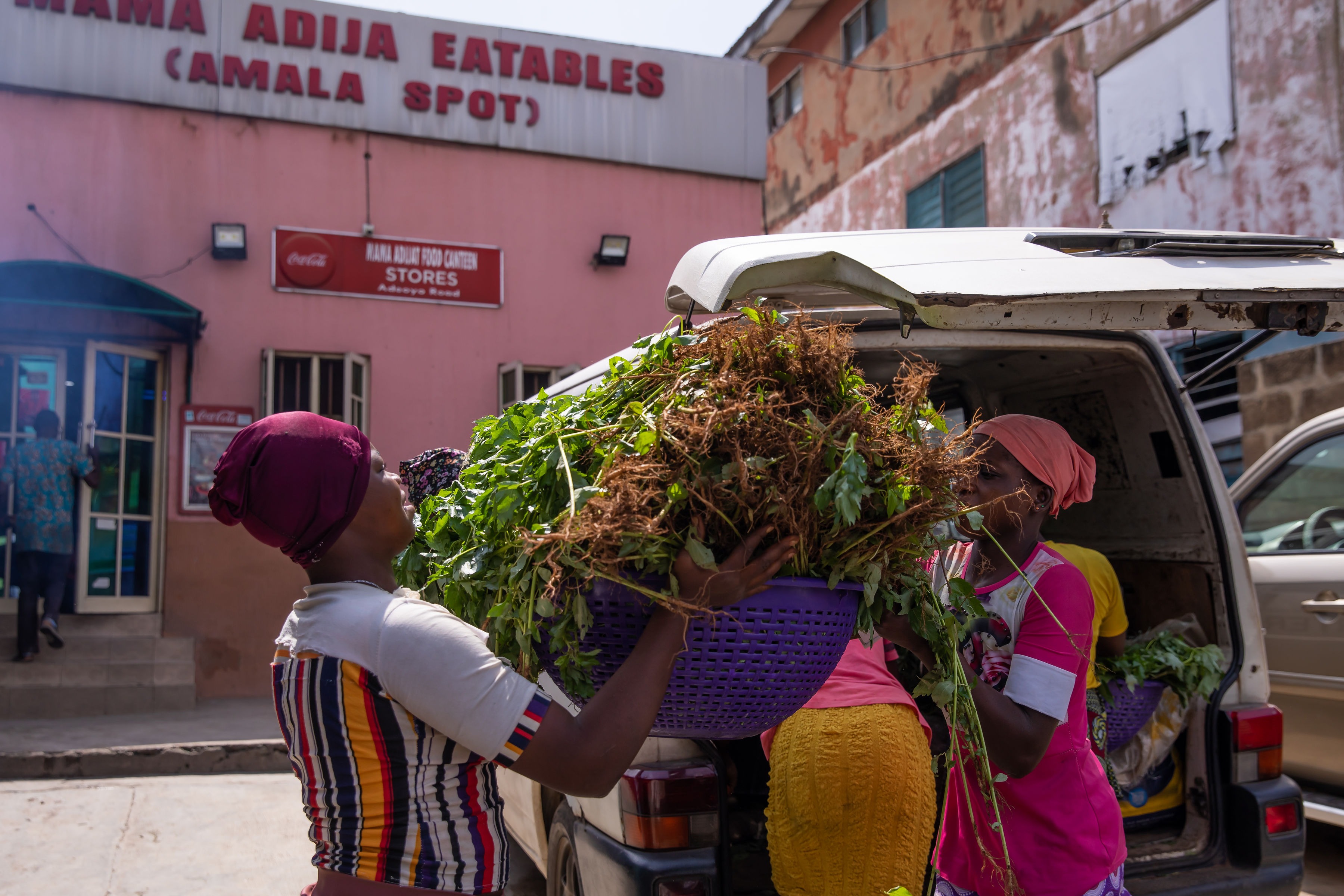
That trust would eventually be the turning point for Mama Adija’s amala spot, with word eventually spreading about ‘amala special’. When I asked what is special about her amala, she mentioned her stew recipe and the freshness of her vegetables, which like all her other ingredients come from farms in or around Ibadan. ‘We go to ẹ̀gbá to get fresh ewédú, and we always make a fresh batch of stew every morning,’ she explained.


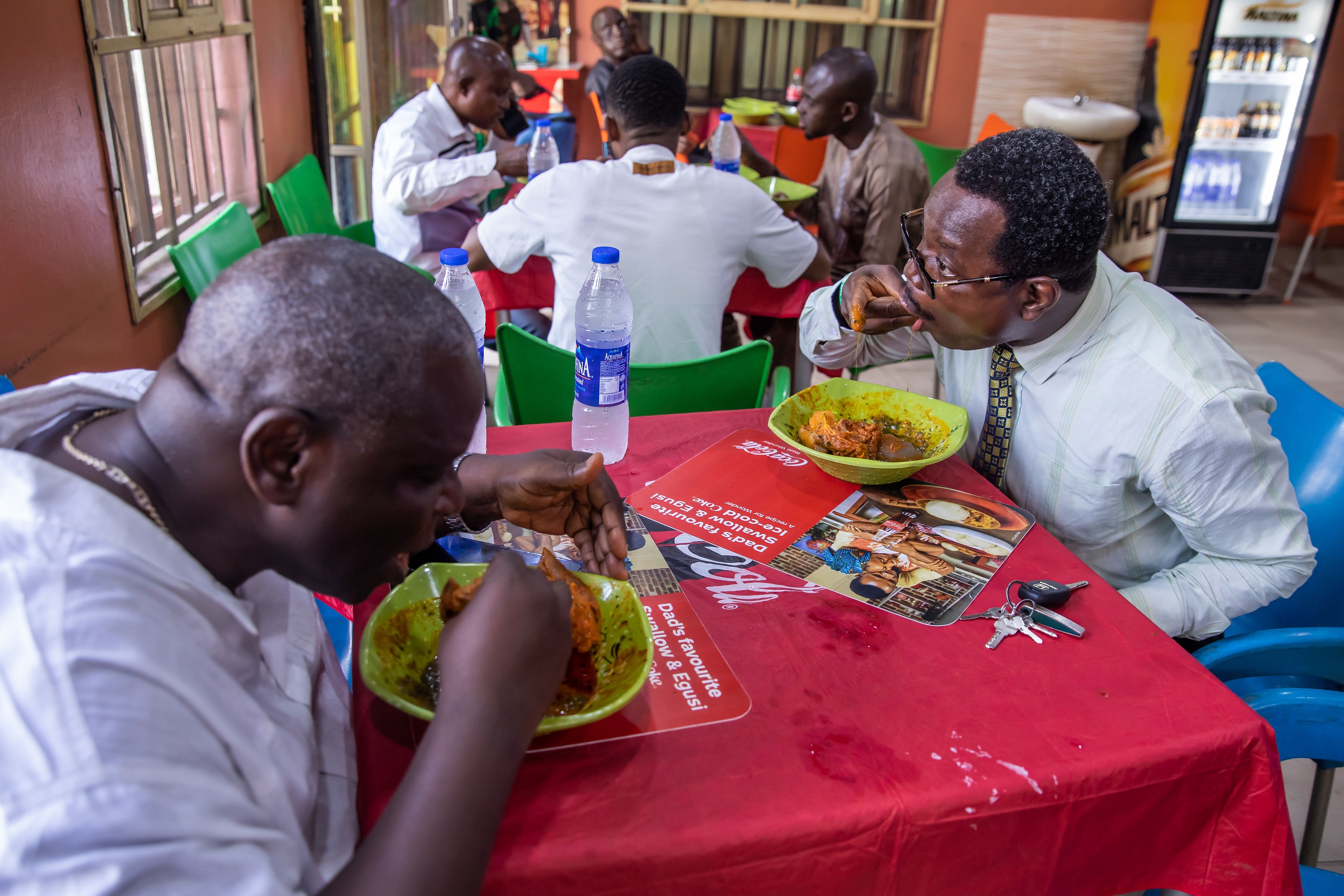
Over time, Mama Adija became regularly sought after to provide catering services at events, the part of the business mainly run by one of her daughters, Adija. Fazilat, her second daughter, manages the ‘front-office’ operations, while Mama Adija oversees all the cooking going on behind the scenes. ‘Now we own our building, we have our own butchers when there were times we couldn’t even buy enough meat,’ she said with that dash of pride again. Then as though she caught herself, she said, ‘káṣà ma dúpẹ́ l’ọ́wọ́ ọlọ́run, èyàn mélòó ló ní nkan táa ní, alihamudulilahi’. ‘We give glory to God; how many people have what we have.’ Again, I thought, such an Ibadan thing to say.
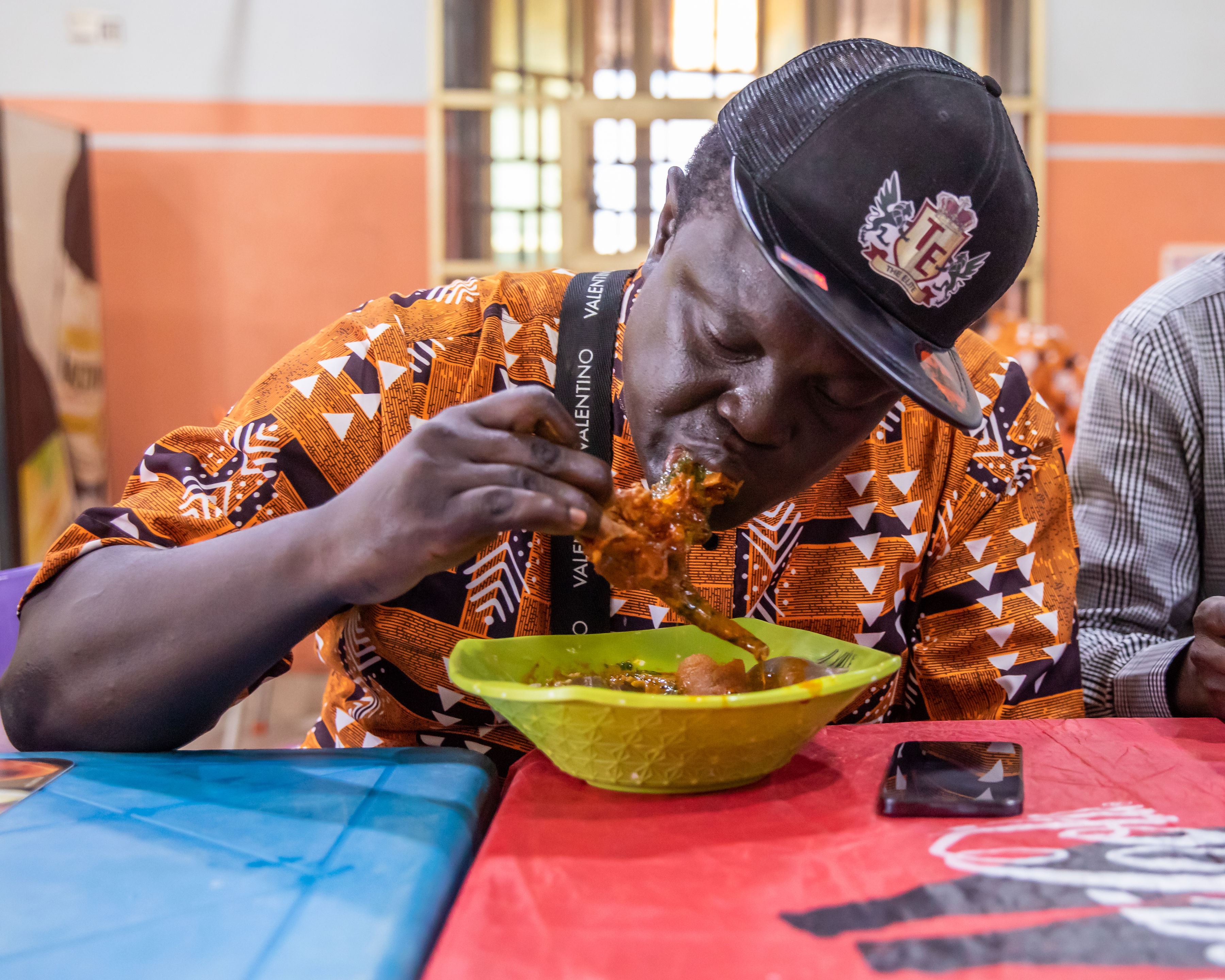


WHAT EXACTLY IS IT ABOUT AMALA?
While there is some consensus among historians that Yoruba people have eaten amala for centuries (at least as far back as the 13th century and likely before that), different groups of people take liberties to concoct their own theories about amala’s origins. These stories, as is typical of Yoruba mythology, often have an element of supernatural activity; a personal favourite is the story that claims amala brought about Ṣàngó’s ability to spit fire. I like to imagine Ṣàngó, a huge man with childish impatience, insisting on eating scorching hot amala against the advice of the servant who presented him with this new dish put together by combining the finest crops grown in the kingdom. I imagine Ṣàngó taking a huge morsel in his hand and swiftly swallowing it, too swift for the nerves on his fingertips to signal danger to his brain. Realizing the error of his ways a few seconds too late, he lets out a fiery wail that reverberates through the entire Oyo kingdom. And like that, the god of fire is born.
‘Amala doesn’t even taste nice…,’ I said to my dad back then, as I pinched a tiny morsel of the hot, steamy amala I bought from Mama Adija’s spot and dipped it in the picturesque assortment of red (ọbẹ̀ ata), green (ewédú) and yellow (gbẹ̀gìrì) in my bowl. ‘…and it looks even worse’, I added as the morsel slid down my throat and made its way to a grateful belly. For my dad, like most other children of the soil, amala has been a constant in his diet for his entire life. ‘Amala is the food of gods… I just feel relieved every time I eat it,’ my dad said recently, as he struggled to give a concise answer to my question on what amala means to him. In his defence, how does one use mere words to describe what amala means to Ibadan? Some things are to be experienced, not explained, and Mama Adija’s amala spot is a good place to start. My dad finally gave up and said, ‘it’s just the culture’. It is, indeed, just the culture⎈


